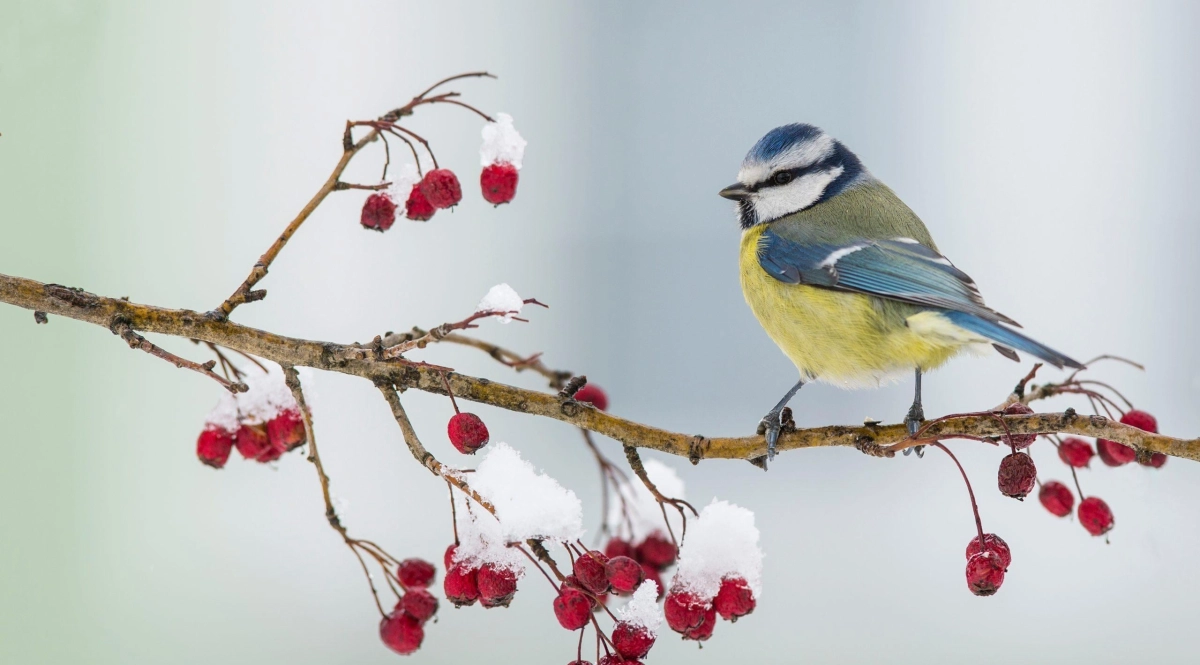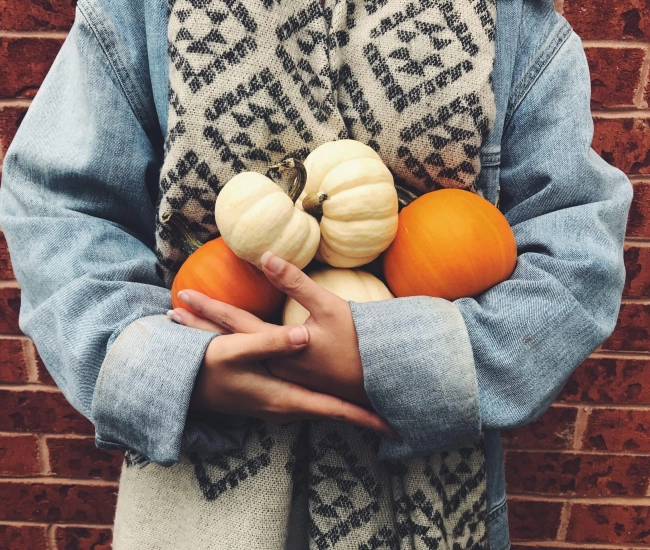
Text by Hélène Baril – Horticulturist, speaker & author
—
Whether you live in the city or the countryside, in summer or winter, many birds grace you with their presence and capture your attention with their songs of multiple tones.
Providing the right environment
In summer, sources of food that delight the winged wildlife abound in gardens and nature. As soon as the cold weather arrives, these resources essential to their survival decrease considerably, which is why it is essential to cultivate plants that can offer them a wide variety of seeds, fruits, twigs, and insects throughout the year. Here is a short list of easy-to-maintain, nourishing plants that will allow you to create a 4-season bird garden.
– Ornamental crabapple
– Mountain ash
– Serviceberry
– Coneflower
– Black-eyed Susan
– Birch
– Snowberry
– Barberry
– Grasses
– Honeysuckle
– Winterberry holly
– Viburnum
– Rugosa roses
And of course, the essential conifers that shelter them and protect them from the cold.
Supplementary food

Installing feeders, preferably made of wood or plastic, adapted to the needs of your feathered visitors is sometimes necessary to compensate for fat deficiencies, very common in winter, and the low availability of plant food. Prioritize seeds rich in fat such as sunflower and thistle. You can also concoct suet balls that you place in cages designed for this purpose (covered with plastic) or spread on conifer cones that you hang from a branch. Fruits such as apples and oranges cut into quarters can also be hung from branches to attract and feed fruit-eating birds.

Fresh water at all times
Even in winter, water is essential for birds. There are heated birdbaths, solar fountains, or heating elements available on the market to install in waterers to meet their needs despite the cold weather. Check your equipment regularly and make sure to add water regularly.
Some birds observed in winter
For a long time, many birds have stayed with us when winter comes because their morphology, with a remarkable ability to transform according to the seasons, allows them to withstand the rigors and bad weather of the cold season. However, with the observed climate changes, we have noticed that several less well-adapted species no longer migrate to milder places, which is why it is important to continuously offer them shelter and food from November to March. Here are some birds frequently observed at feeders and in forests during winter.
– Black-capped chickadee
– Cardinal
– Downy and hairy woodpeckers
– Blue jay
– Cedar and Bohemian waxwing
– American robin
– Common redpoll
– Evening grosbeak
– Dark-eyed junco
– Mourning dove
– European starling
– Nuthatches
– Pine grosbeak
– Purple and house finches
– Grosbeak
– American goldfinch

Tips and advice



